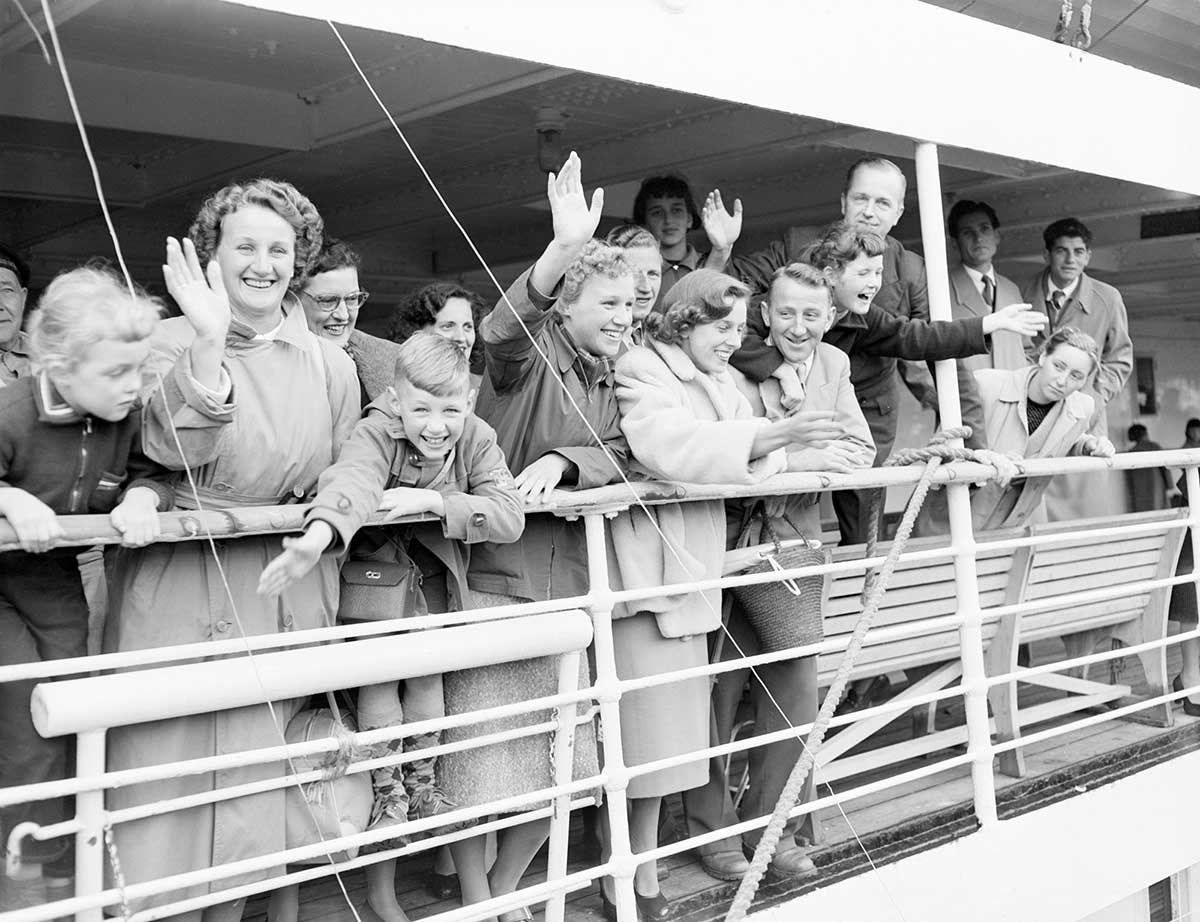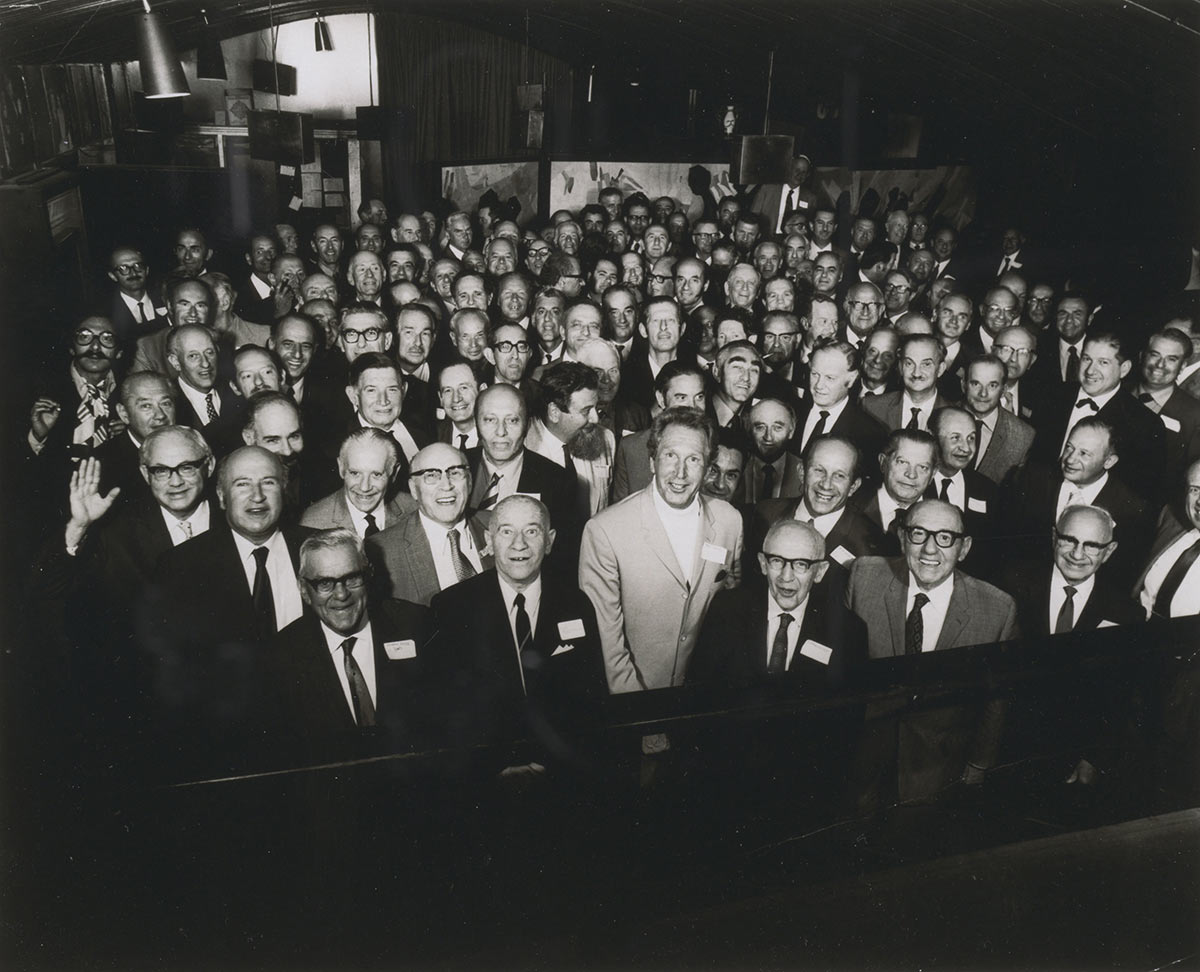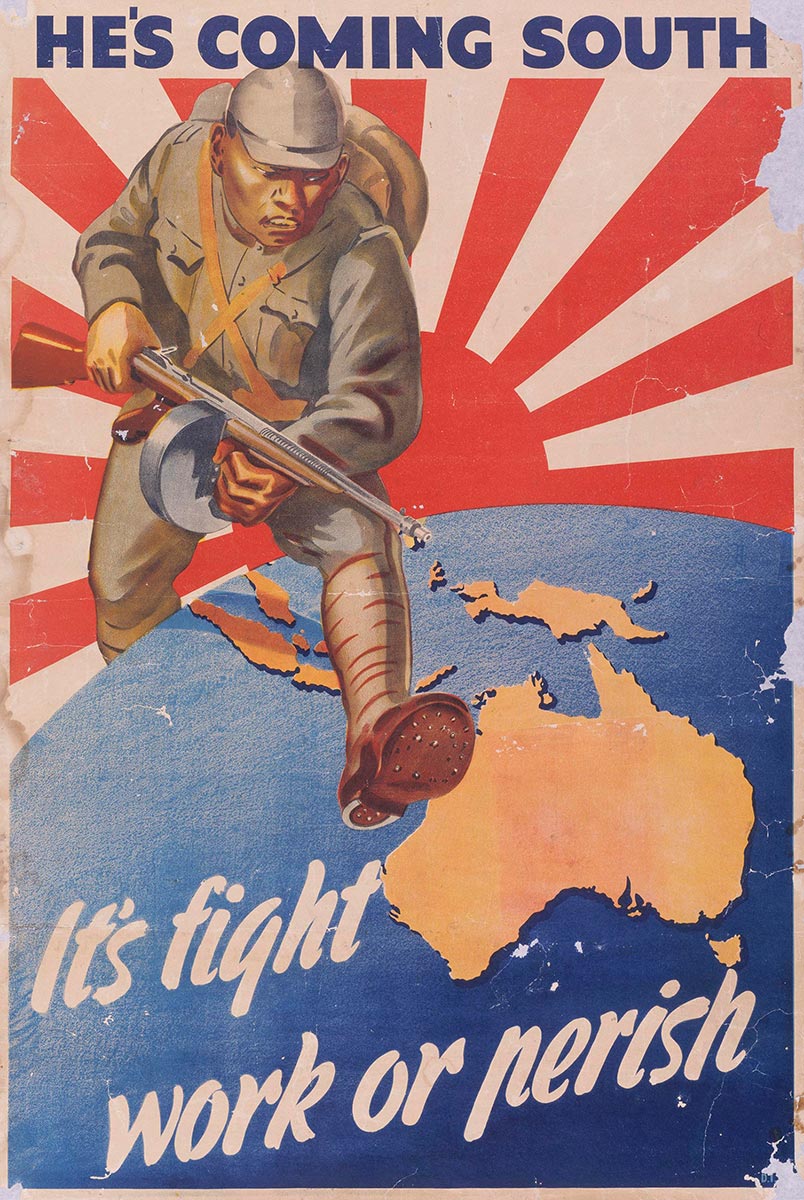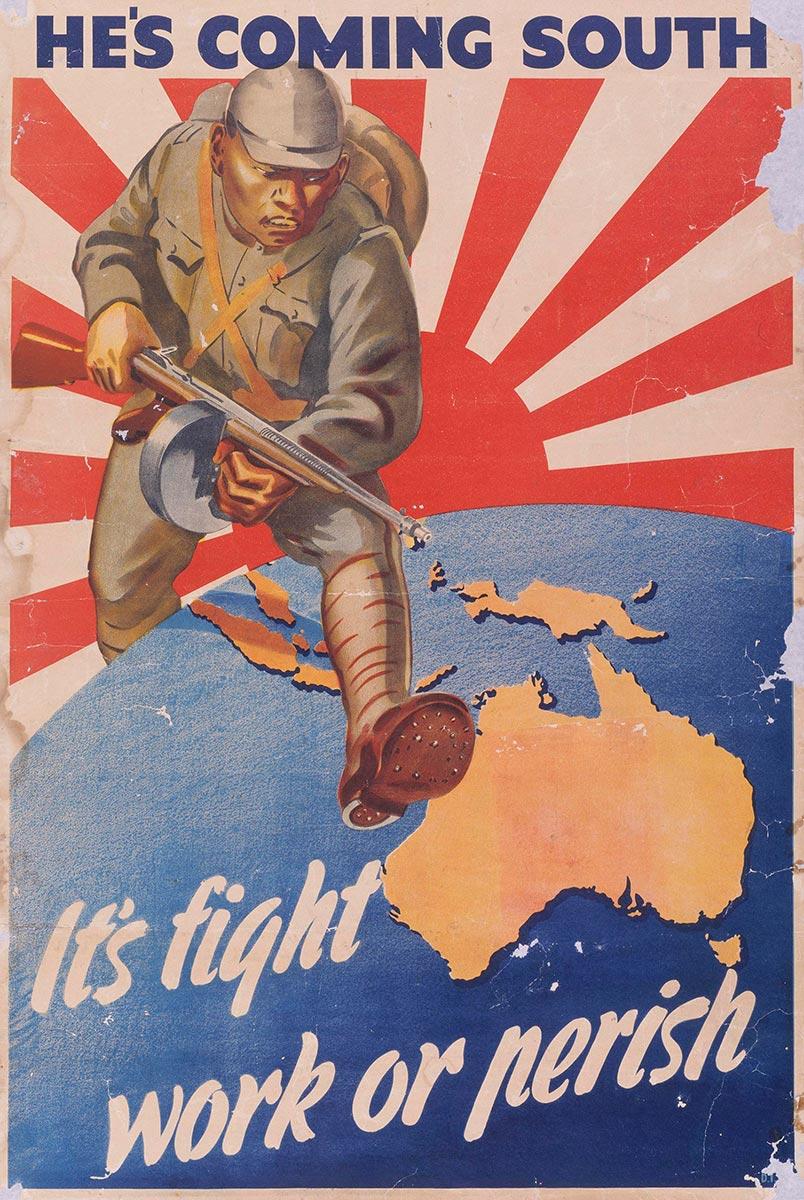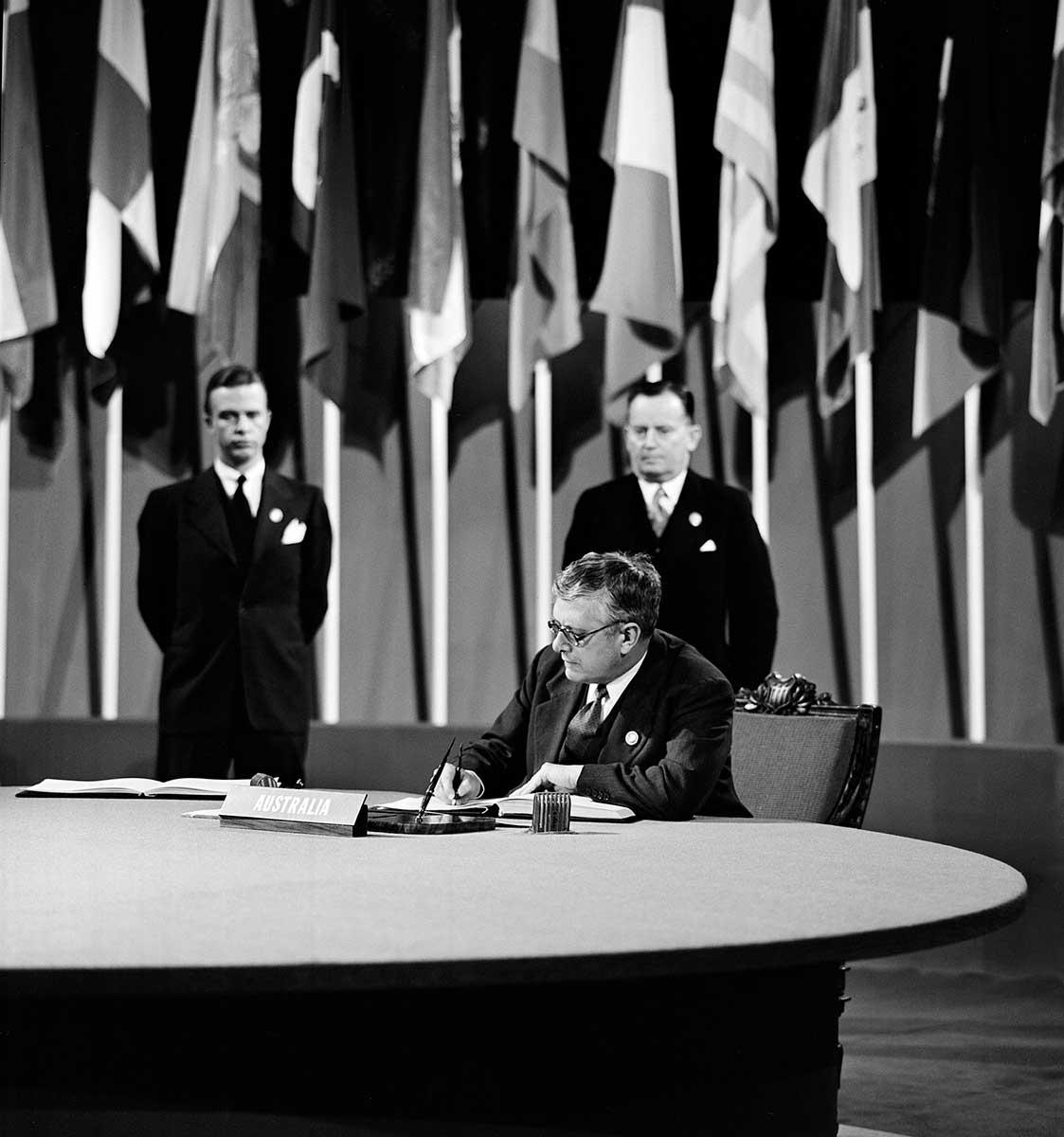Learning module:
Second World War Defining Moments, 1939–1945
Investigation 3: How did the war change Australia?
3.4 1945 ‘Beautiful Balts’: Australian Government announces a postwar immigration drive
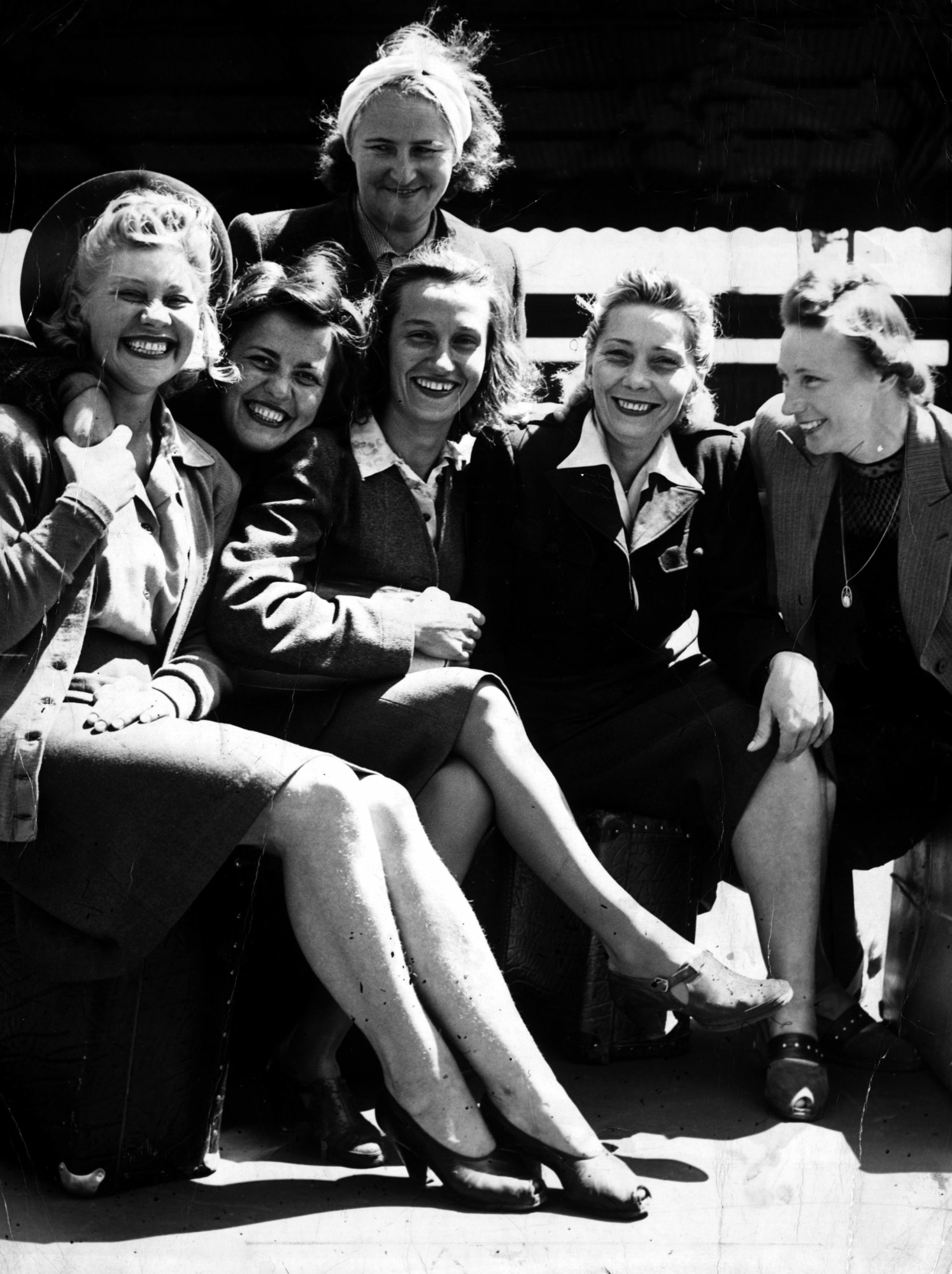
In 1945 the Australian Government announced that it would be seeking both British and other European migrants to settle in Australia. By 1947 over 400,000 British people had registered for subsidised migration to Australia. Between 1947 and 1952 a further 170,000 displaced persons (‘DPs’) in refugee camps in Eastern Europe had been selected by Commonwealth officials and brought to Australia. The ‘DPs’ had to work for the Australian Government for two years, and in return they received food, accommodation, education and health services, and the standard wage. They were free to stay or return after two years.
1. What did ‘populate or perish’ mean?
2. What circumstances created that attitude?
3. What did Immigration Minister Arthur Calwell’s phrase ‘develop and defend’ mean?
4. How responsive to the idea of ‘populate or perish’ were Australians?
5. Calwell said:
‘The door will always be open within limits of our existing legislation to the people from the various dominions [those former British colonies of South Africa, Canada and New Zealand], United States of America and from European continental countries’.
What was the significant change expressed in that statement for Australian immigration policy?
6. What significant aspects of the immigration policy stayed the same?
7. One aspect of government postwar immigration was the Assisted Passage Migration Scheme. By what other name is it commonly known?
8. How did it show a continuity in immigration policy?
9. Part of Calwell’s plan was to recruit ‘DPs’ (displaced persons) from European camps. Why would these people be both suitable and willing migrants to Australia?
10. What strategy did Calwell use to help people in Australia accept the new migrants?
11. Why would such a strategy be necessary?
12. What were the population growth results from the policy?
13. The immigration policy up to 1965 continued to restrict the immigrants who could come to Australia. Suggest arguments that Calwell might have used to justify retaining restrictions on immigration.
14. Now complete this sentence:






